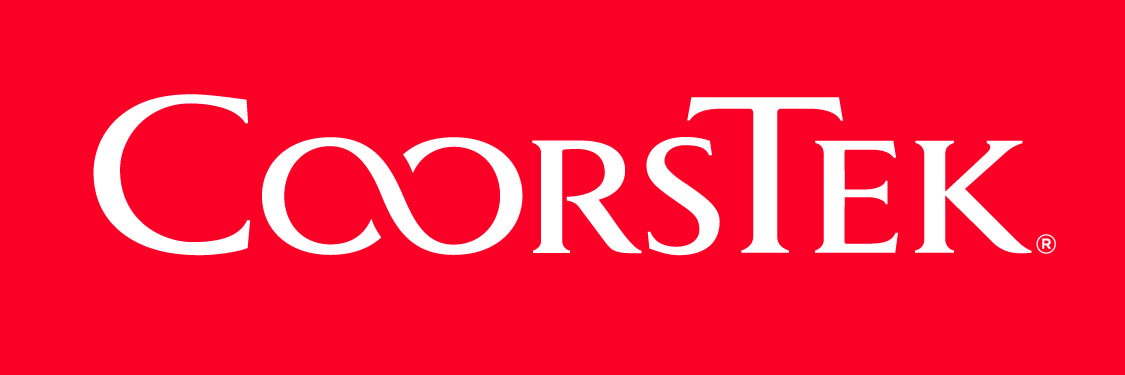 News Release
News Release
Advancing Clinical Studies, Meeting Regulatory Milestones, Strengthening Its Strategic Framework And More: The Past Year For Glucotrack, And What Lies Ahead
Benzinga
By JE Insights, Benzinga Although a manageable disease, diabetes imposes significant hurdles on patients, both in terms of personal care and financial costs. Fundamentally, the required frequency of blood glucose monitoring combined with the broader logistical burdens of supply management (involving items like strips, sensors and insulin) have levied significant disruptions on the overall quality of life for patients and caregivers. Glucotrack, Inc. (NASDAQ: GCTK) aims to radically alter this standard of care. Leveraging its Continuous Blood Glucose Monitor (CBGM), Glucotrack has positioned itself to positively impact the diabetes management industry. Specifically, the market for continuous glucose monitoring (CGM) – which encompasses devices worn on the body daily – may reach a valuation of $16.2 billion by the end of 2024. By 2034, the arena could expand by a compound annual growth rate (CAGR) of 10.3% to hit $16.2 billion. Unlike most other CGM devices, however, Glucotrack’s CBGM offers several distinct benefits, including these advantages: Direct blood glucose measurement: The medical technology specialist’s CBGM utilizes the gold standard of measuring blood glucose instead of interstitial fluid, facilitating more accurate and timely readings with minimal lag. Extended sensor longevity: Glucotrack’s sensors last for three years before requiring replacement, thus helping to reduce expenses. Generally, standard CGM sensors last up to 15 days. No on-body wearables: The company’s fully implantable design eliminates external devices, enhancing comfort, discretion and avoidance of adhesive-related issues. Minimal calibration requirements: Glucotrack says its CBGM requires relatively few calibrations, simplifying the maintenance protocol compared to some CGMs. Reduced lifestyle disruptions: Finally, the CBGM’s “hands-free” approach offers easier integration into daily life. Glucotrack reports that it made great strides in 2024, particularly in the areas of clinical validation and strategic manufacturing partnerships. In addition, the medical device specialist achieved key regulatory and quality milestones in a bid to ensure compliance and readiness for market entry. A Year Of Breakthroughs And Progress Wasting no time when the calendar turned to 2024, Glucotrack hit the ground running from the first quarter. In January, management announced the completion of preclinical studies demonstrating very highly accurate blood glucose monitoring results at 60 days. This test demonstrated the reliability of the CBGM system over an extended period. In the next month, the medical tech firm announced a partnership with Cirtec as the manufacturer of the flagship CBGM. Glucotrack said that over the years, Cirtec has forged a reputation as a leader in the design and manufacturing of implantable medical devices in the fields of neuromodulation, cardiology and drug delivery. By the second quarter, Glucotrack’s commitment to clinical innovation took center stage. Between April and June, the company announced the first reported long-term preclinical study of glucose monitoring in the epidural space. This innovative approach not only demonstrated Glucotrack’s technological versatility but also expanded the potential applications for its CBGM system, further setting it apart from conventional solutions. In June, the company presented key findings at the prestigious American Diabetes Association (ADA) conference. Two poster presentations highlighted the CBGM’s accuracy and sensor longevity. The first underscored the system’s ability to deliver reliable blood glucose readings, while the second demonstrated its potential to last up to three years, far exceeding the lifespan of all existing standard CGM devices. These presentations bolstered Glucotrack’s credibility within the medical community, attracting attention from researchers, clinicians and potential industry partners. Momentum carried into the third quarter with a poster presentation at the Association of Diabetes Care & Education Specialists (ADCES) conference in August. Here, Glucotrack shared market research data showing significant patient interest in its implantable CBGM system. This response affirmed the unmet need for a more convenient and less intrusive solution, strengthening the company’s positioning for future adoption. Capping off the year, Glucotrack began its first-in-human clinical study with the first cohort of participants. This short-term study will further validate the CBGM system, paving the way for more extensive trials in 2025. Additionally, the company expanded its leadership team and board, bringing in experts with decades of experience in CGM technologies and medical device commercialization. These strategic moves are aimed at setting Glucotrack up for continued growth and success in the coming year. Looking Ahead To 2025 As Glucotrack moves into 2025, the company is prepared to accelerate its mission to transform diabetes management. Building on the foundation established in 2024, Glucotrack plans to prioritize clinical validation, regulatory progress and strategic partnerships to bring its CBGM closer to market. The first major milestone on the horizon is the full data readout from the first in-human short-term clinical study initiated in December 2024. This readout will offer the first human-specific validation of the CBGM system’s safety and accuracy, a pivotal step in establishing the technology’s credibility. Additionally, the company intends to launch a long-term feasibility study, which will run for at least one year. This extended evaluation will provide critical insights into the CBGM’s performance over time, bolstering the evidence base needed for regulatory approvals and patient adoption. On the regulatory front, Glucotrack is preparing to meet key FDA requirements by completing the quality and manufacturing activities necessary for investigational devices; the company expects to receive ISO13485 certification in early 2025. These efforts will ensure that the CBGM meets rigorous safety and efficacy standards, paving the way for more advanced clinical trials. Furthermore, the company plans to submit a second long-term feasibility study to the FDA, demonstrating its commitment to a methodical and thorough regulatory pathway. To support its clinical and regulatory efforts, Glucotrack will also focus on expanding its cache of published clinical and scientific evidence. Sharing results through peer-reviewed journals and major conferences will help establish the CBGM as a scientifically credible and groundbreaking solution. This growing body of evidence may also serve to attract strategic partners and financial backers, further accelerating the company’s progress. Finally, the company plans to unveil more details about its commercialization strategy, focusing on how to address patient needs and expand access to this innovative solution. By advancing clinical studies, meeting regulatory milestones and strengthening its strategic framework, Glucotrack has been hard at work setting the stage for a transformative year. With these initiatives, the company believes it is well-positioned to continue its journey toward redefining diabetes care. Featured photo by Silvia on Pixabay. Benzinga is a leading financial media and data provider, known for delivering accurate, timely, and actionable financial information to empower investors and traders. This post contains sponsored content. This content is for informational purposes only and is not intended to be investing advice. Contact Details Benzinga +1 877-440-9464 info@benzinga.com Company Website http://www.benzinga.com
January 07, 2025 08:30 AM Eastern Standard Time
Image
 News Release
News Release






